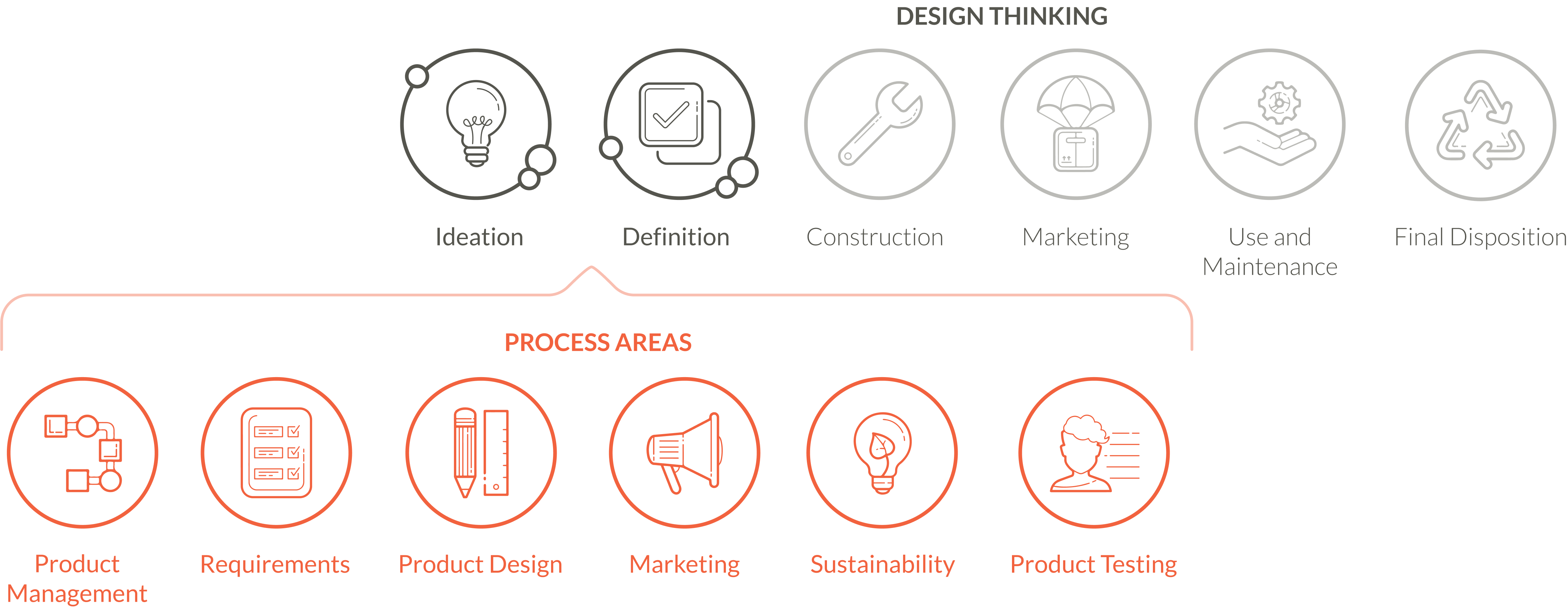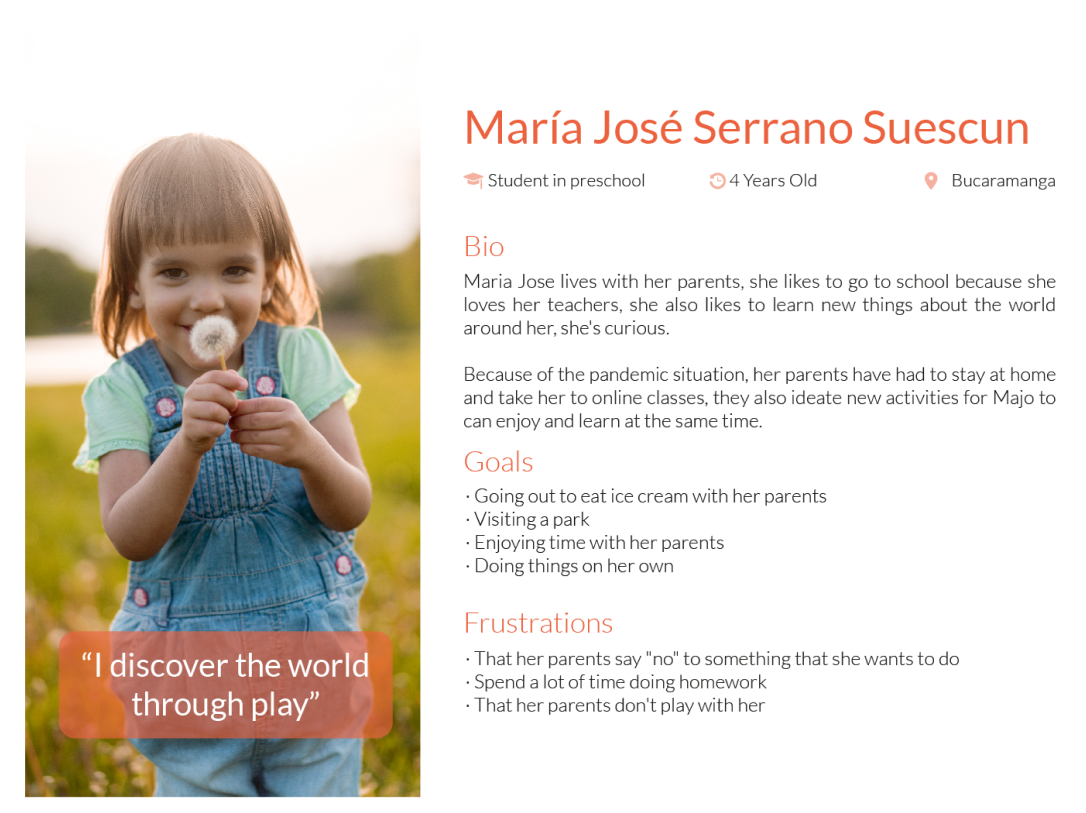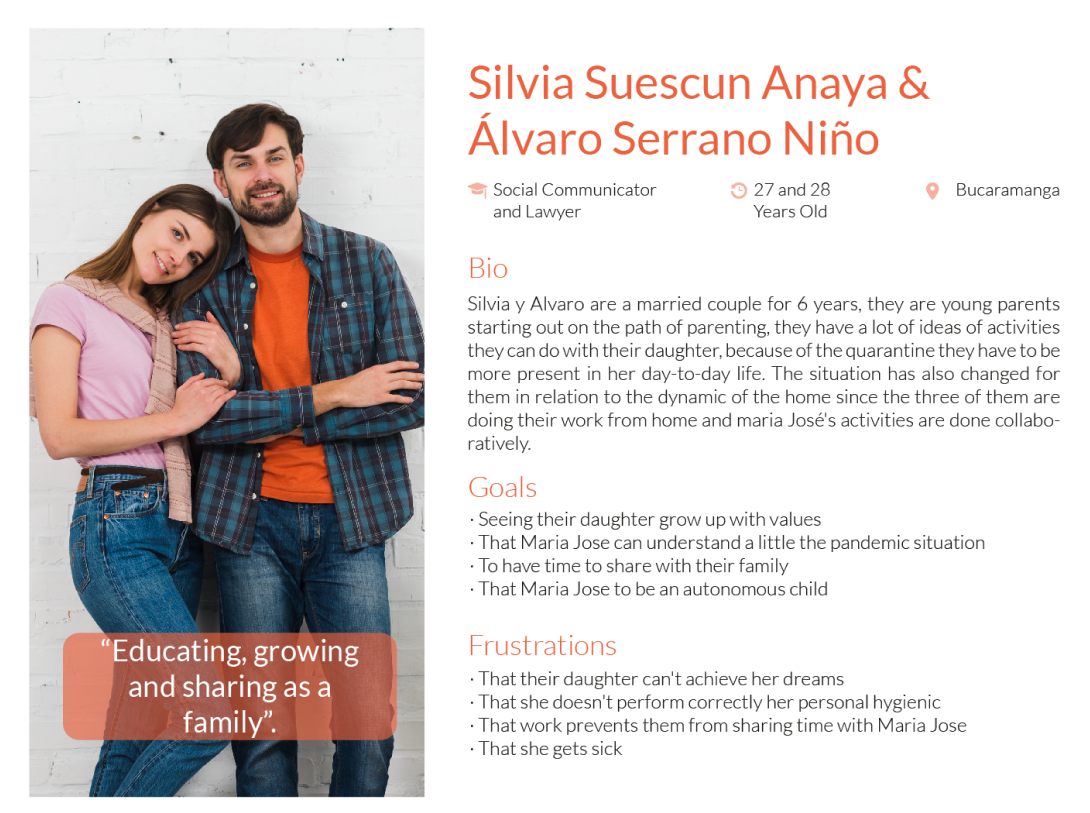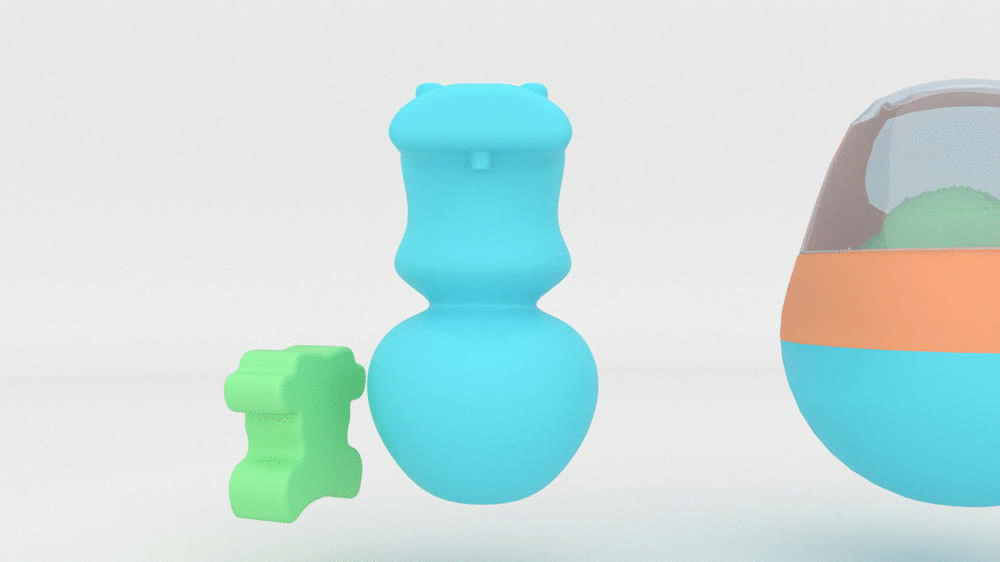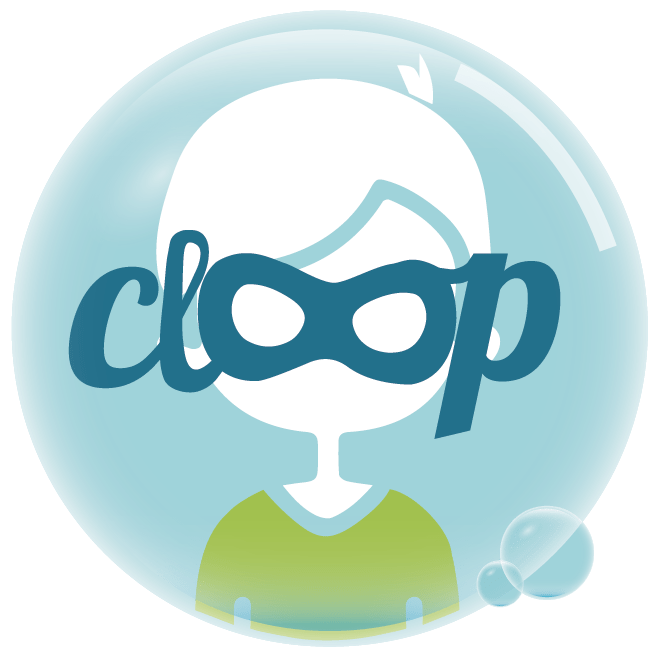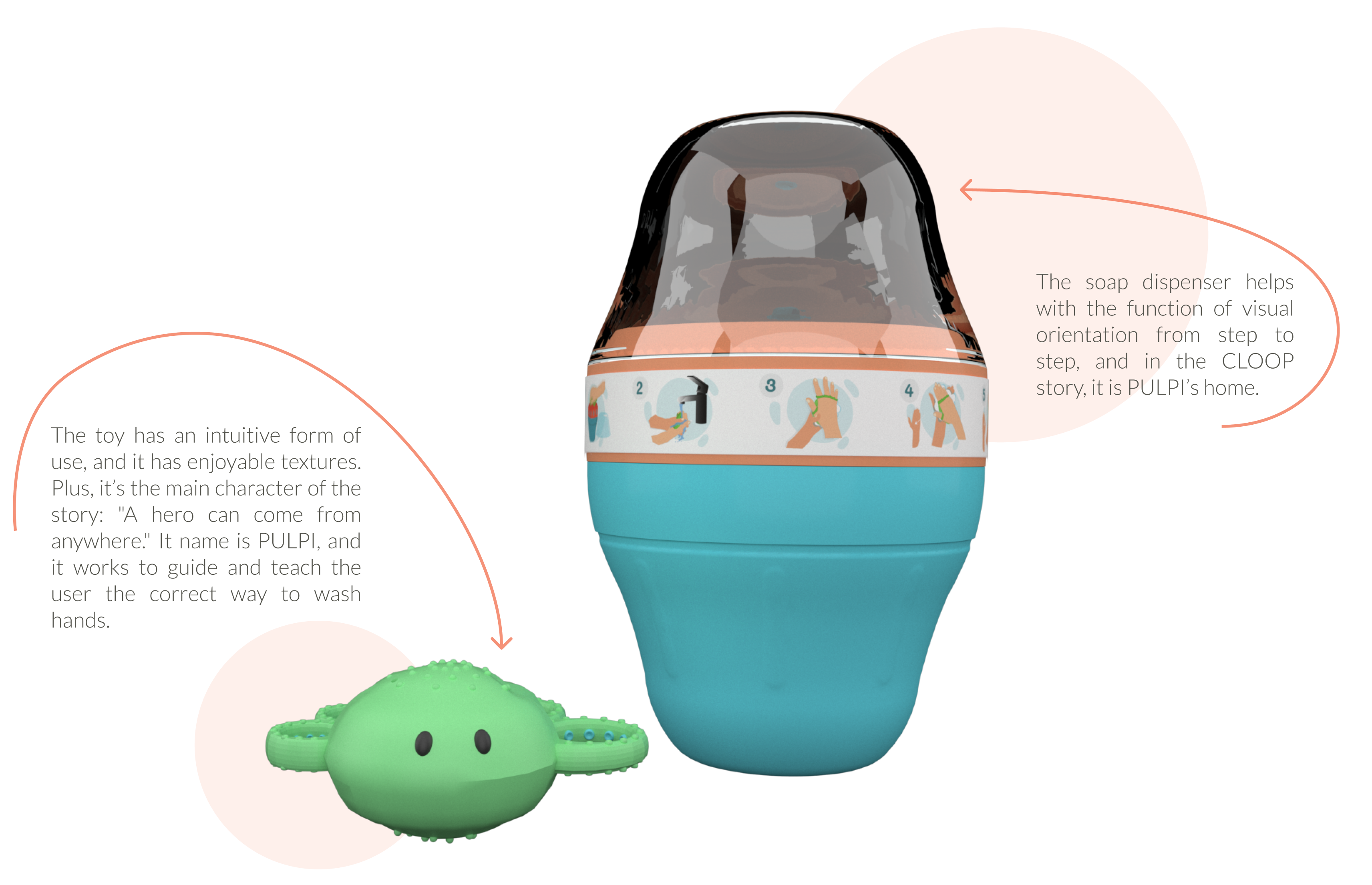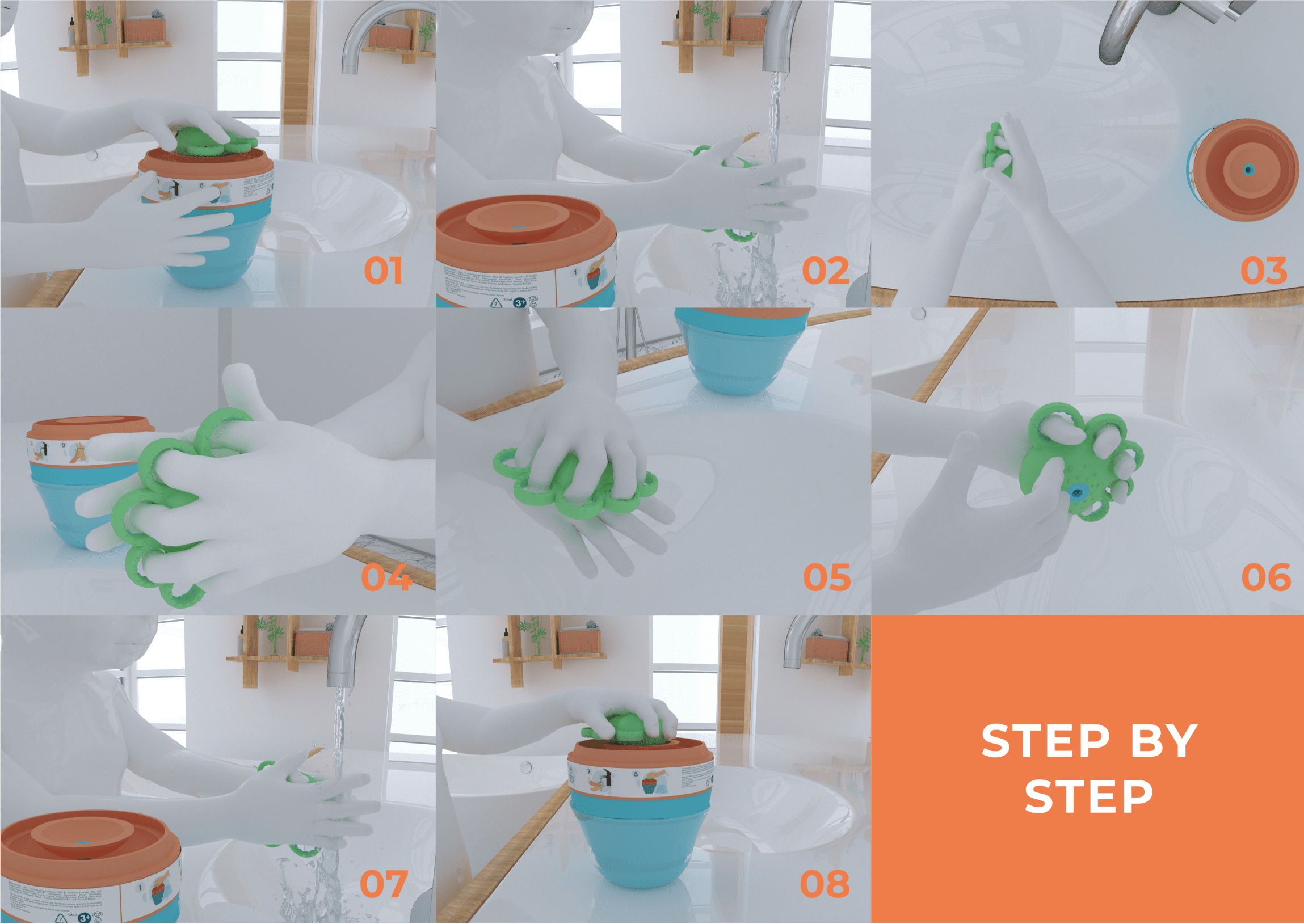The user can have access to the CLOOP app, which was created to improve the interaction. The app has general information about the product, tips and advice for parents, step-by-step instructions that the child should follow during hand washing, and the CLOOP story, "A hero can come from anywhere."
It is the story of Emma and Lucas, two young siblings who, upon the arrival of a new virus in the city, embark on an adventure to find a solution. With the help of new friends, they manage to become heroes.
Architecture
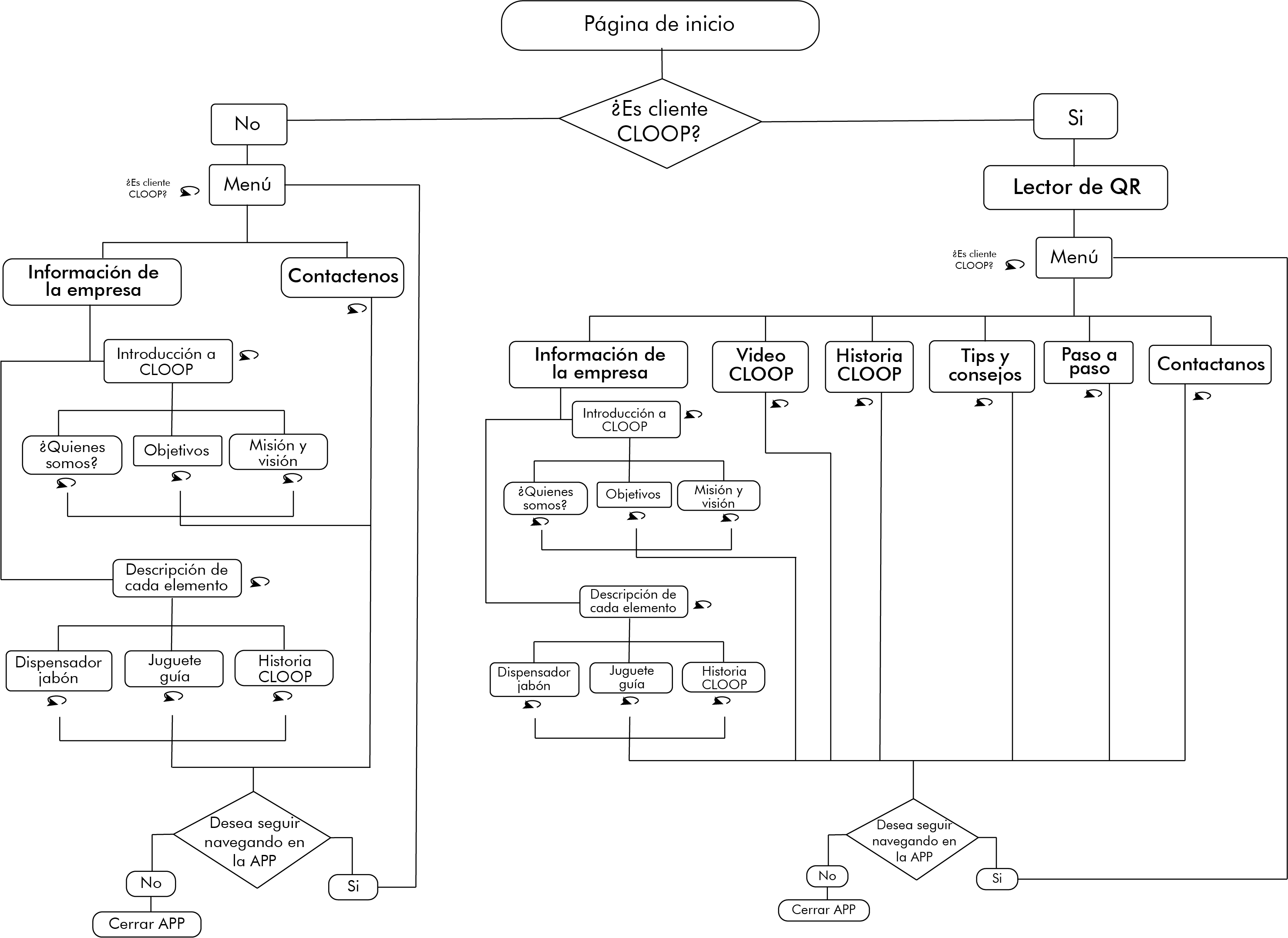
The development of this story seeks to promote symbolic play, allowing the child to identify with the role of hero, which is synonymous with responsibility, courage, autonomy, and security, key values that the child should develop during childhood. The storytelling shows how the characters become heroes as they replicate actions equivalent to the hand-washing process.
